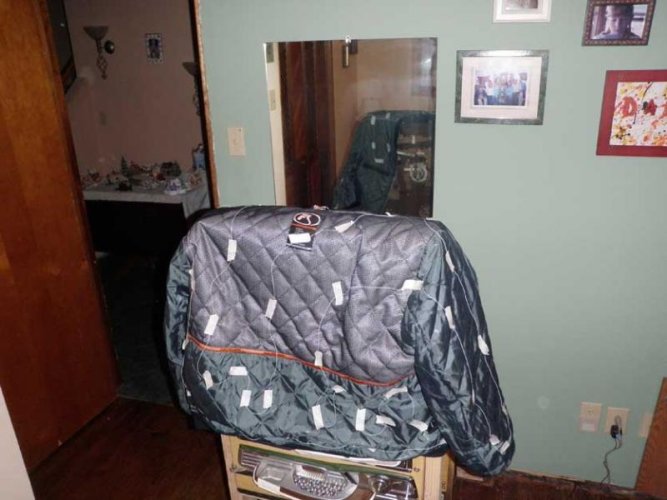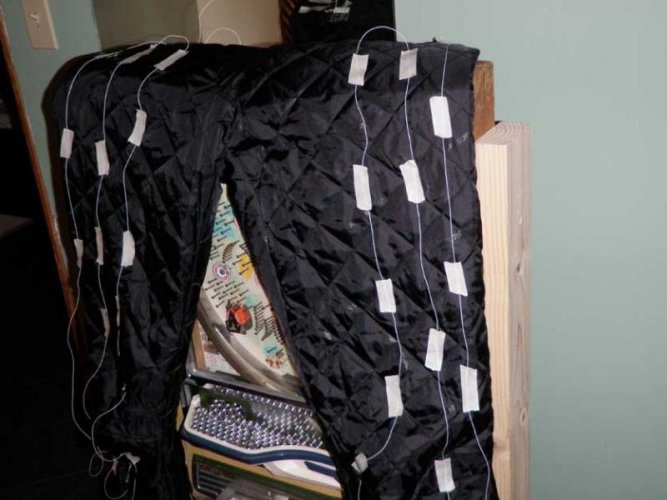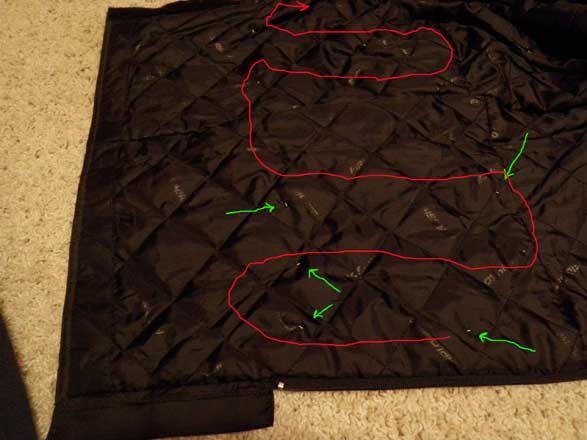T
tourist
Guest
Well, I was too cheap to buy heated gear so I put out the 20 bucks for some wire and connectors and made my own. Ran across this on the internet....where information should be free! Just weave about 30 feet of 32 gauge teflon coated wire into the liners of my coat and pants then solder the power connector to the ends.
Most expensive part is buying the power cable to the bike. Bought it from the dealer. I cut off the connector that came with the coil cable then added a switch even though the picture doesn't show it. Just pretend you see a switch at the point where the Y connection and the green heat shrink is located.

Most expensive part is buying the power cable to the bike. Bought it from the dealer. I cut off the connector that came with the coil cable then added a switch even though the picture doesn't show it. Just pretend you see a switch at the point where the Y connection and the green heat shrink is located.





